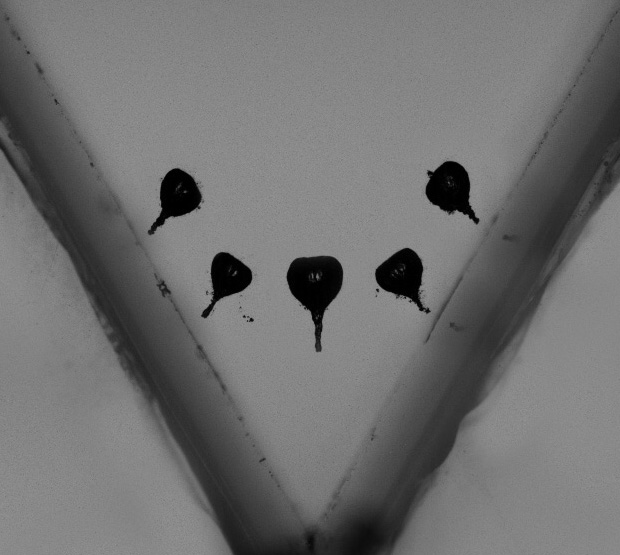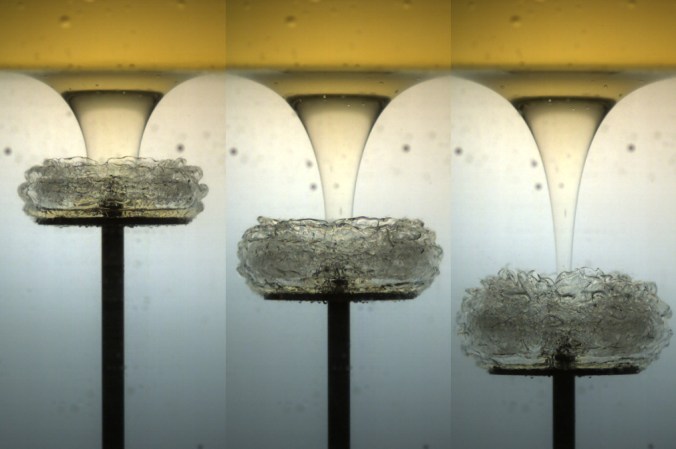This studentship is now open for application. To apply, follow this link.
Understanding the behaviour of bubbles in the vicinity of structures is important for many practical applications. Of particular interest is how bubbles collapse as a result of strong changes in pressure, which happens in sonochemistry applications, ultrasonic cleaning and is responsible for the cavitation damage in hydraulic systems. In the absence of any boundaries, an initially spherical bubble will remain spherical and collapse towards a single point. The same collapsing bubble near a plane wall, however, will result in a fast liquid jet shooting towards the wall. But what happens to such a bubble in more complex geometries, as is the case in most applications, is currently unknown. This project aims to answer this fundamental question by experimentally investigating the controlled generation and collapse of bubbles in increasingly complex geometries.
There are two main subjects that will be investigated in this project. The first one is large cylindrical cavities that are created through the impact of circular discs. These experiments serve as a model for the collapse of two-dimensional cavitation bubbles. The large scale of these bubbles allows us to investigate the evolution of the shape and the flow field around the bubble in great detail (see figure below). The second subject is laser-induced cavitation, where three-dimensional vapour bubbles are generated through a short focused laser pulse. Both techniques allow us to accurately control the position and size of the cavitation bubble and investigate the effect of the surrounding geometry on the collapse.

Time series of a collapsing cylindrical cavity, created by a circular disc impacting at 1.0 m/s close to a wall (vertical dashed line), viewed from the top. The disc appears grey with a bright spot indicating its centre. The dashed ellipe in (a) and (b) indicates the contour of the cavity at t=0. After the initial formation (c), the jet penetrates the complete cavity (d).
The experimental methods will rely heavily on high-speed imaging and image processing (e.g. surface detection and tracking). Experience with image processing in Python, MATLAB, or a comparable language is recommended. The project requires the construction of experimental setups, so machine-shop experience is advantageous. The candidate should have a degree in physical sciences or engineering with a strong background in fluid dynamics.



